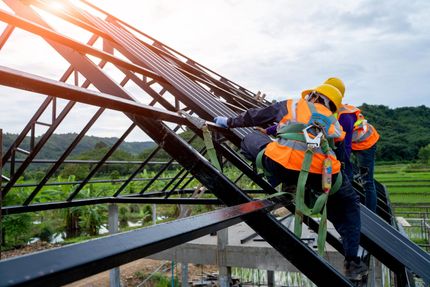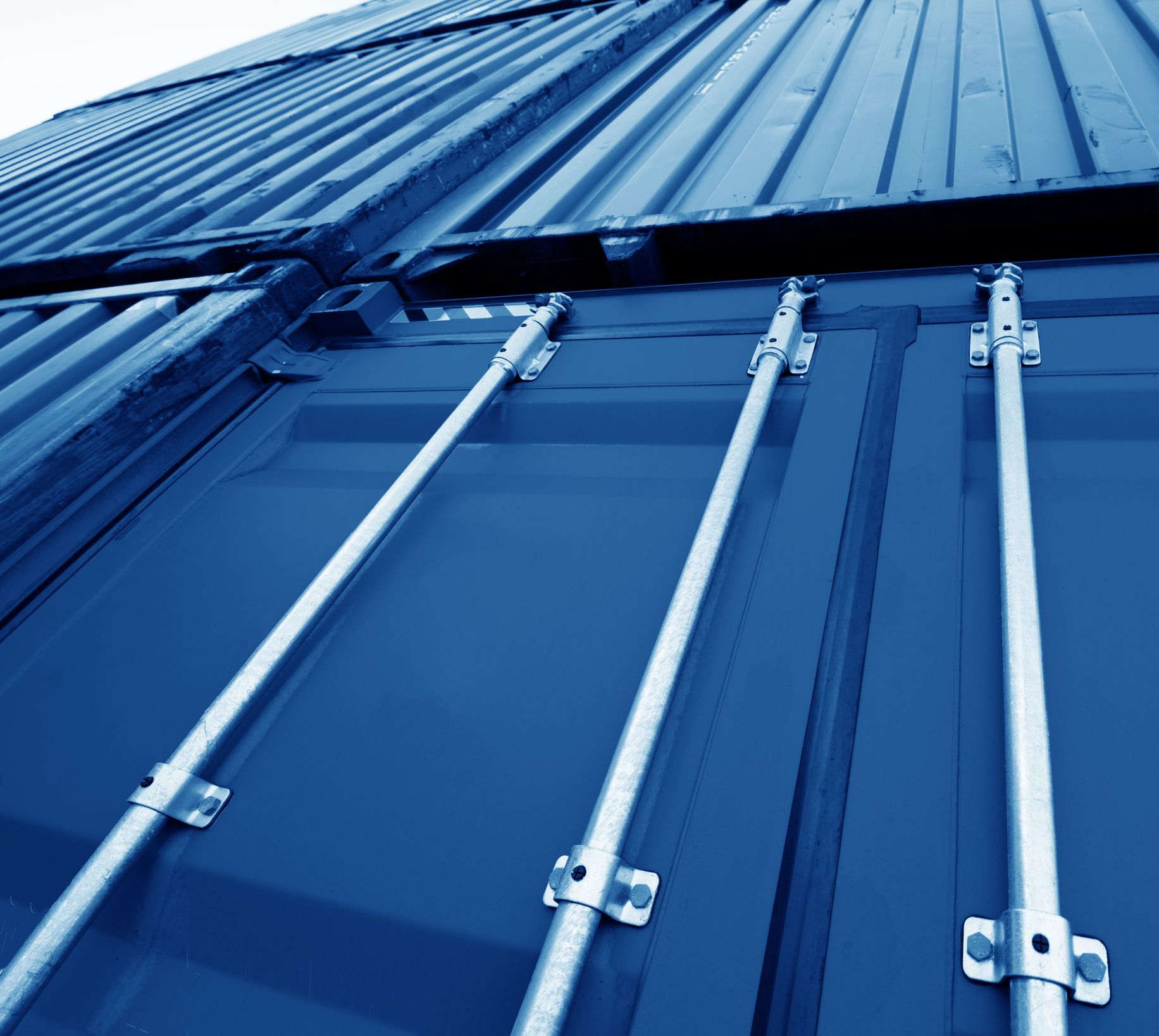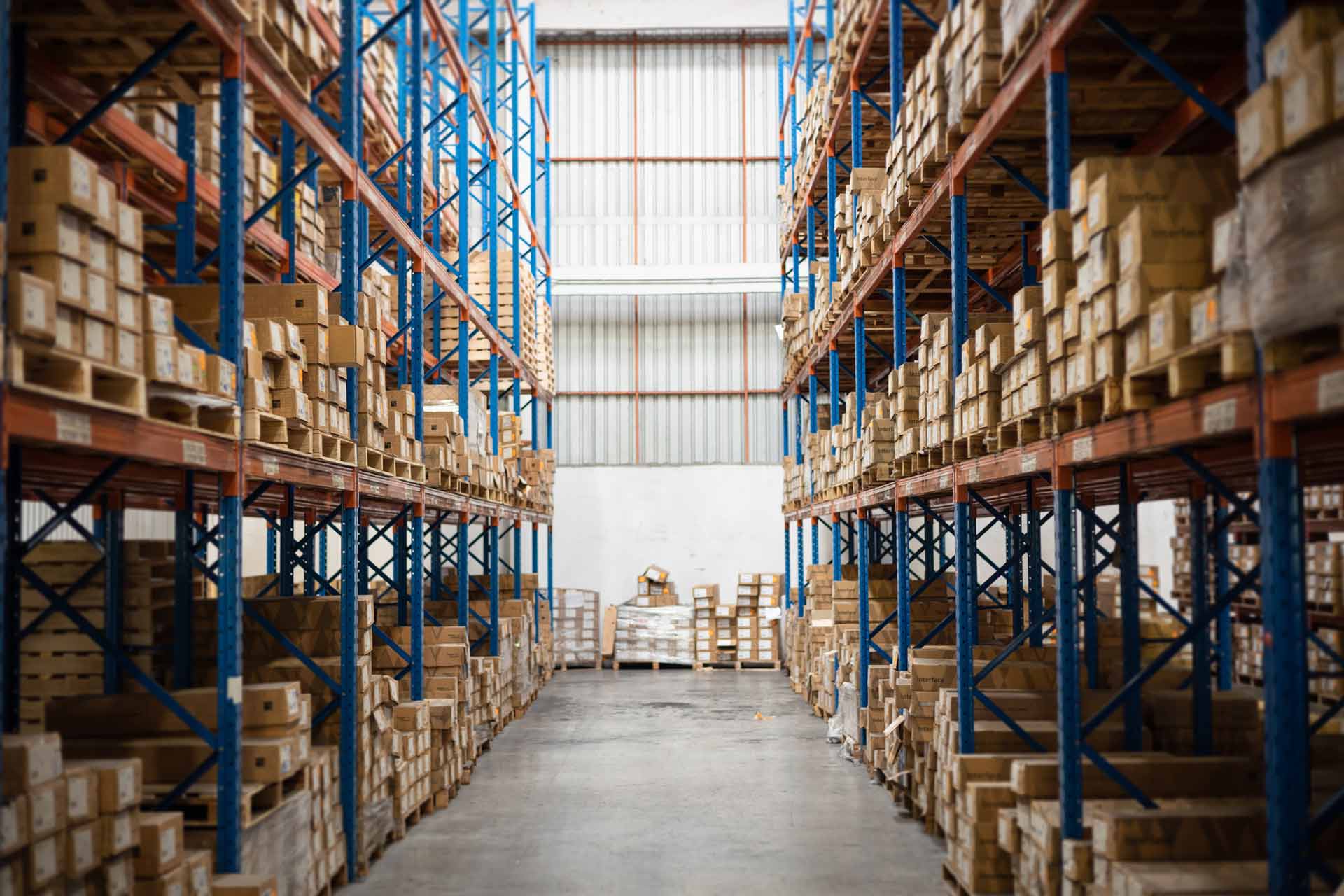How to Make Sure Your Building Can Take the Weather
Many factors go into planning a new construction project, especially if you're working on an industrial building that has to meet precise criteria. The design needs to give your people enough space to do what they need to and store the necessary materials, all while staying within budget and a reasonable timetable.
Though you can scrutinize many details within the process, also remember to focus on the weatherproofing. Learn how to ensure you won't need to build again for a while because you've made it secure against winds, rains, and any temperature. Discover some of the ways you can know that your new building will stand the test of time, no matter the climate in which the structure will stand.
1. For Cold Weather
With a few exceptions, everywhere in the country gets cold, whether for months at a time or only at night. To keep the cold from damaging your building, you'll have to make sure your insulation keeps not just heat but the air itself within the structure. If your insulation allows hot air into cold pockets in the building, you could have a lot of water damage to deal with by the end of the winter.
You'll also have to ensure proper ventilation in your building, though it seems counterproductive to keeping the air inside. If you have everything sealed tightly, you can ensure that the only exchange of air is where you want it to be. Mechanical ventilation will allow you to have fresh air, but keep it restricted to avoid condensation and leakage.
2. For Hot Weather
Warm weather also requires insulation and ventilation, so the steps above apply to hot climates as well. You'll need the exchange of air and trapping of temperature, but in the summer months, you want to retain cold, not heat. Insulation that keeps the air inside will help here as well - another reason it's so crucial for your construction project.
Sometimes, mechanical ventilation won't provide enough airflow to cool off space inside. If you strategize the placement of your doors and windows, you can allow the possibility of a cross breeze when the weather gets hot. Depending on the size of your building, you can insert windows or extra doors to provide enough air.
3. For Storms
Most of the country experiences severe storms, so you should prepare your building to withstand the winds and rain. If you have to set your construction plans in a spot known for flooding, take preventative measures to waterproof your foundation and keep everything else above water levels.
Rain and snow can cause your building damage if you don't handle them from the start. If your area gets a lot of either, your roof should be one of your top priorities in construction. Give the water a place to go so it won't pool on top and cause water damage. Make sure that when the water leaves the roof, the gutter system doesn't let it out somewhere that will wear down over time.
If strong winds and tornadoes are more of a concern, plan in safe rooms made of steel-reinforced concrete. Anchor everything you can to the foundation or some immobile piece of the building. Look for weak points, and do your best to reinforce them to cut down on your damage costs in a high-wind situation.
Looking for construction contractors who can take an idea from design to reality? Meet Cochran Construction Company, the builders who commit to working with you and designing by your plans and specifications. Get in touch today to see how Cochran Construction Company can complete your buildings - and your business dreams.


